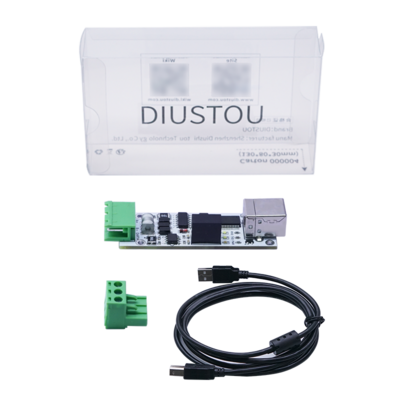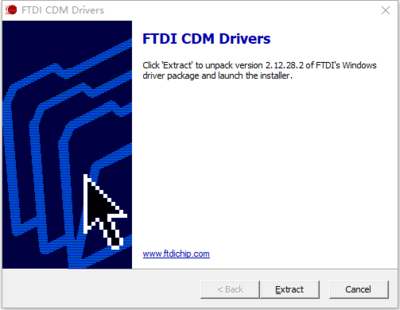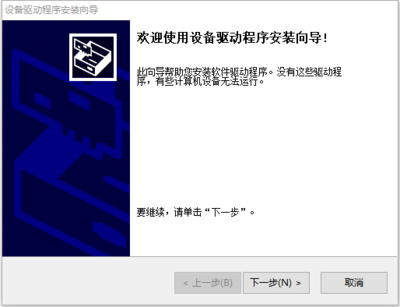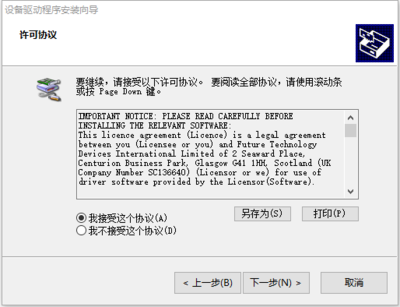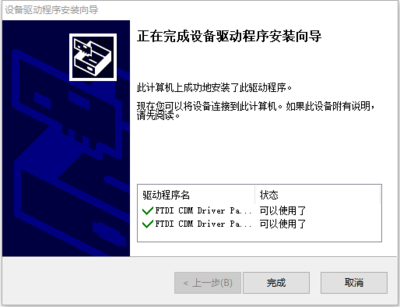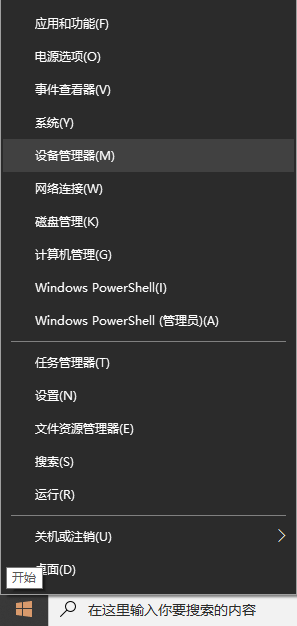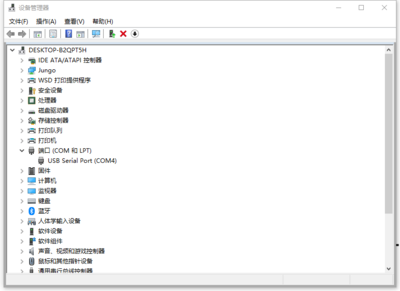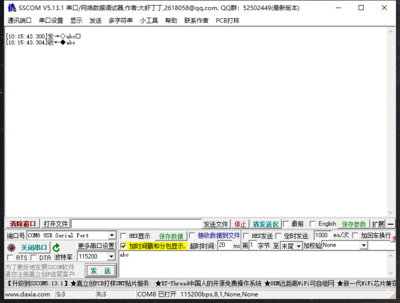USB 485 PLUS
From Diustou Wiki
Revision as of 16:20, 14 January 2025 by Yousimaier17 (talk | contribs) (Created page with "{{Product |images=400px |categories= |categories= {{Category|USB}} {{Category|RS485}} |brand=Diustou |features= * Supports data conversion...")
| ||||||||||||||||||||||
| ||||||||||||||||||||||
| ||||||||||||||||||||||
Contents
Product Features
- Adopts industrial-grade chips FT232 and SP3485 for high-speed, stable, reliable, and compatible communication.
- Equipped with USB-B interface and 5.08mm plug-and-play terminal blocks for smooth and secure plugging and unplugging.
- Features independent power and signal isolation circuits.
- Incorporates an electrostatic ESD protection circuit on the USB side to effectively prevent electrostatic damage and protect downstream circuits and devices.
- The RS485 side is equipped with overcurrent protection, surge protection, and lightning gas discharge protection circuits.
- The board includes reserved 120R termination resistor pads to enhance signal transmission stability and reduce interference.
- Baud rate support range: up to 2Mbps (In practical applications, the baud rate supported by this module is limited by the baud rates supported by the connected devices on both ends and needs to be adjusted based on actual conditions.)
- Onboard three LED indicators for indicating the transmission and reception status of circuit signals.
- PWR light: Green, power indicator
- TXD light: White, RS485 data transmission indicator, data flow: USB->RS485
- RXD light: White, RS485 data reception indicator, data flow: RS485->USB
Testing Method
- Connect the USB 485 PLUS to a USB-to-RS485 serial port module
- A to A
- B to B
- Connect the USB data cable and the USB-to-RS485 serial port module to the computer, open two serial port assistants, and open the corresponding COM ports for the USB data cable and the serial port module respectively.
- Use the two serial port assistants to alternately send data and observe if the other serial port assistant receives the corresponding data.
Hardware Connection
Note
- Fully consider the lightning protection and anti-interference design of the RS485 bus. For long-distance transmission in the field, connecting the module's "ground" terminal to the earth can effectively reduce interference and provide lightning protection, making the RS485 bus safer. For short-distance transmission indoors, grounding is not necessary.
Driver Installation
1. Download and install the Diver。
2. Verify if the driver is installed successfully. Right-click the Windows logo in the bottom left corner and open "Device Manager".
Expand "Ports (COM & LPT)". If there is a "USB Serial Port" device, the installation is successful.
3. Verify if the module is working properly. Short-circuit the TXD and RXD pins of the module, open theserial port debugging software, , and click "Open Serial Port". Enter any content in the text box, then click the "Send" button. Under normal circumstances, the software will receive and display the same content.
Data Sheet
Resource Download
- FT232 Driver for Windows 7/8/10/11
- Serial Port Debugging Assistant
- PuTTY Serial Port Viewing Software
FAQ
|
